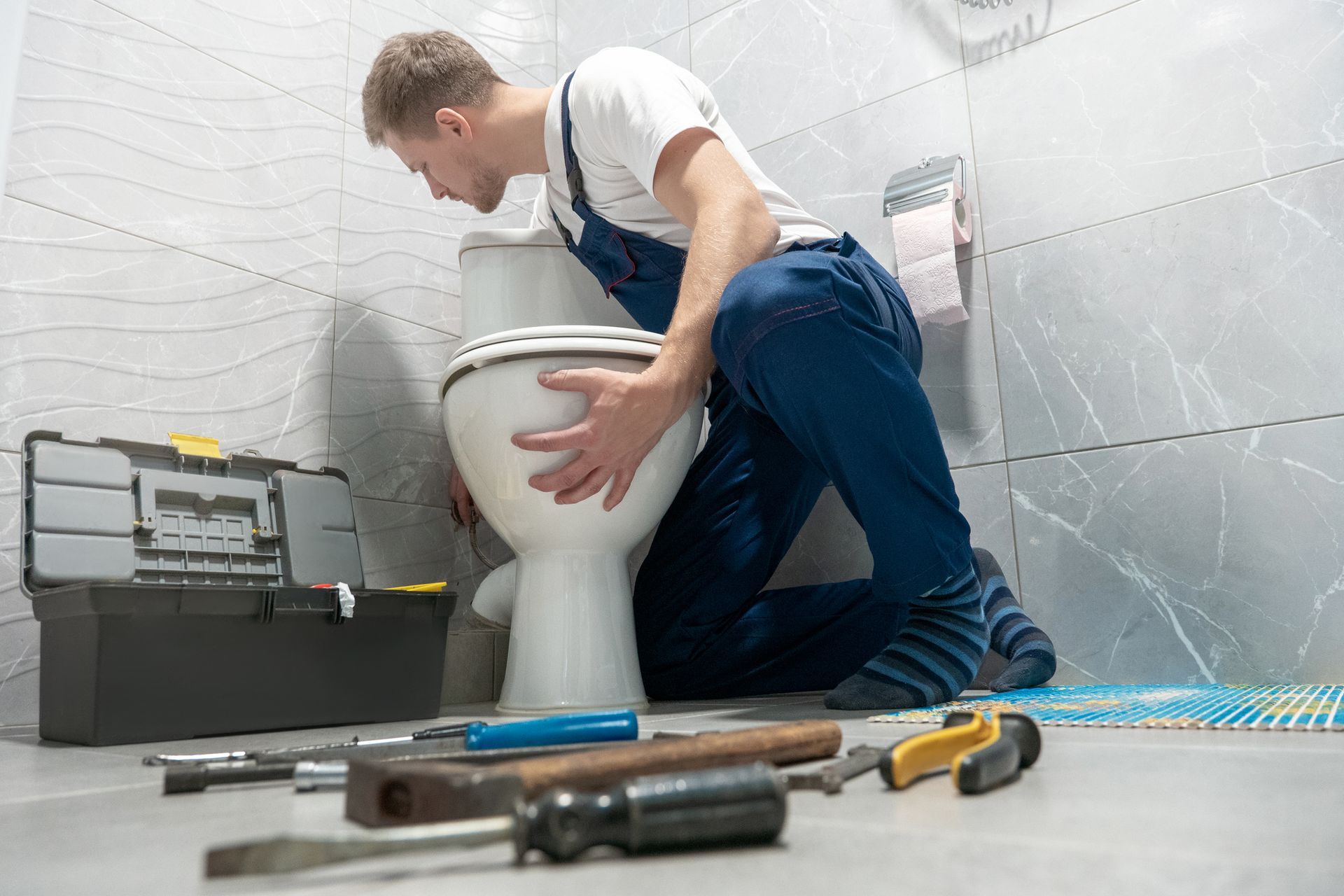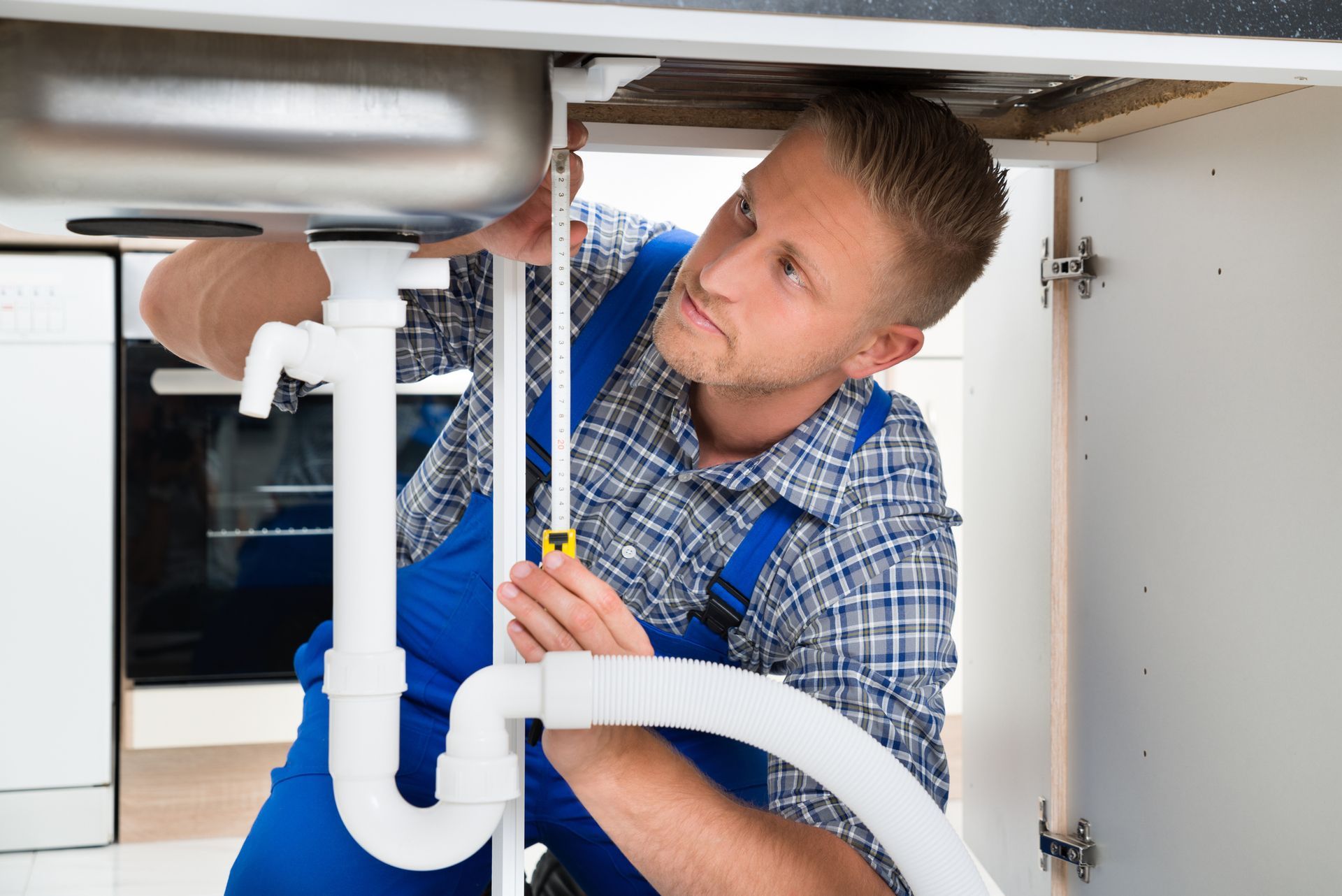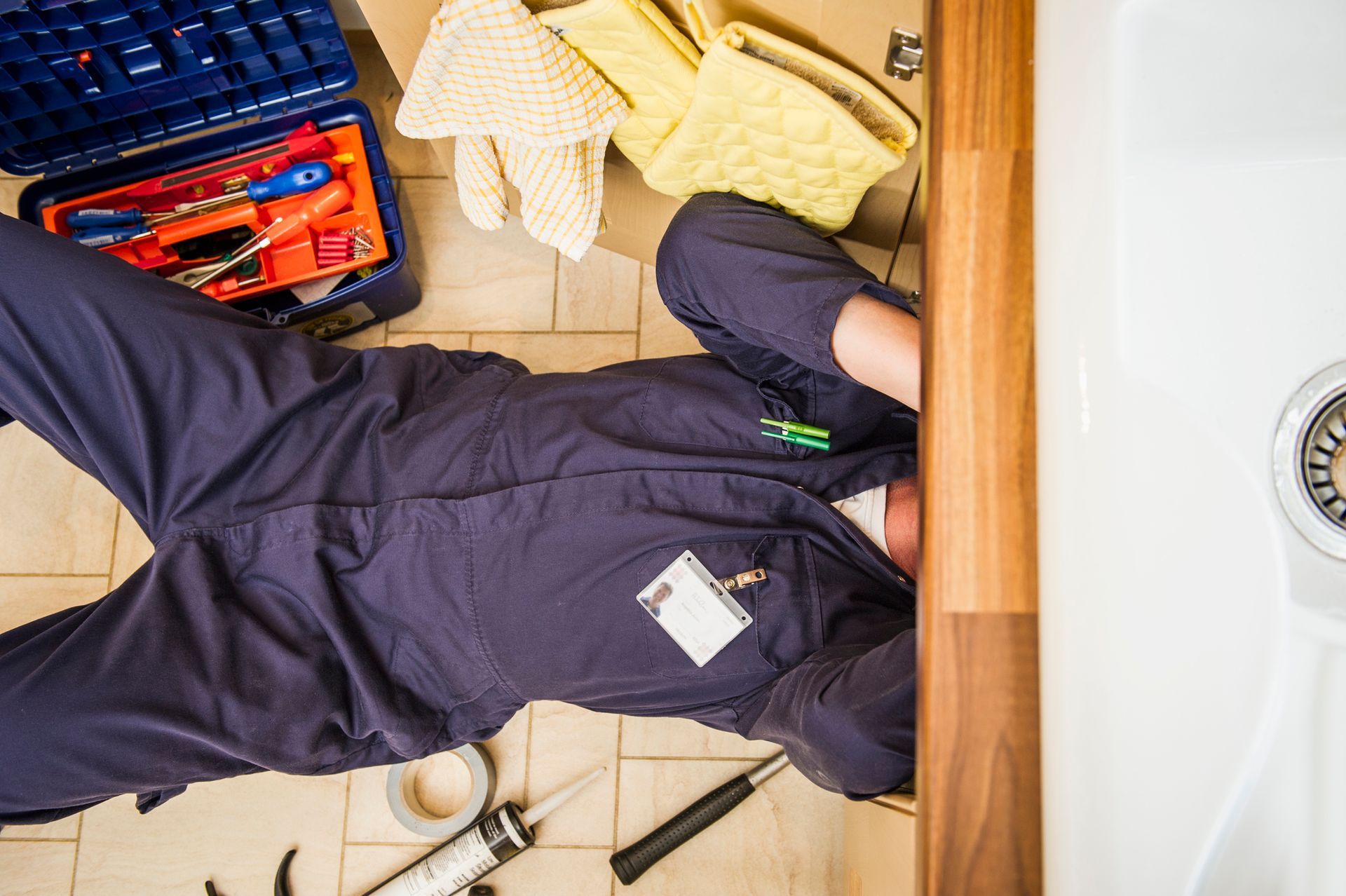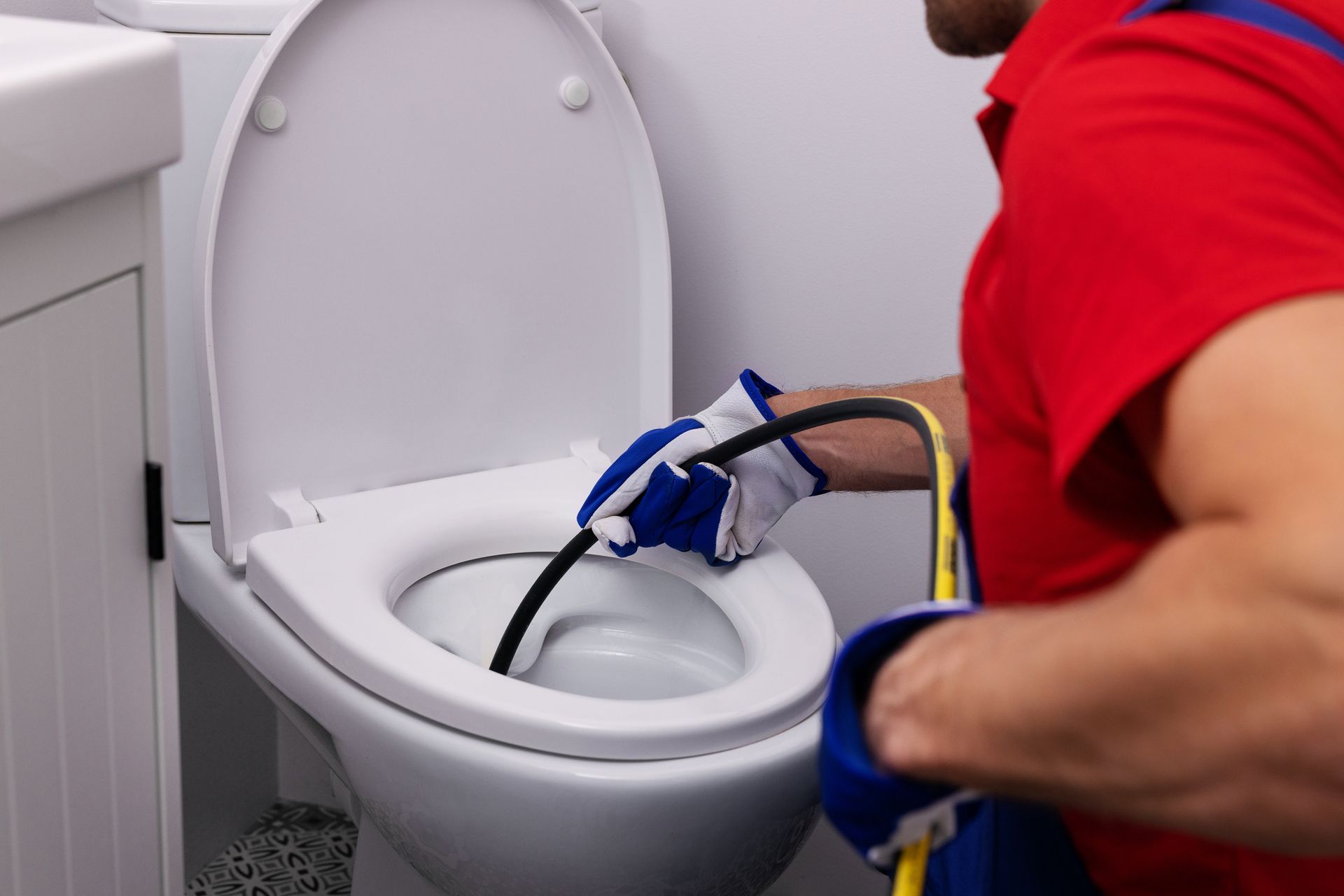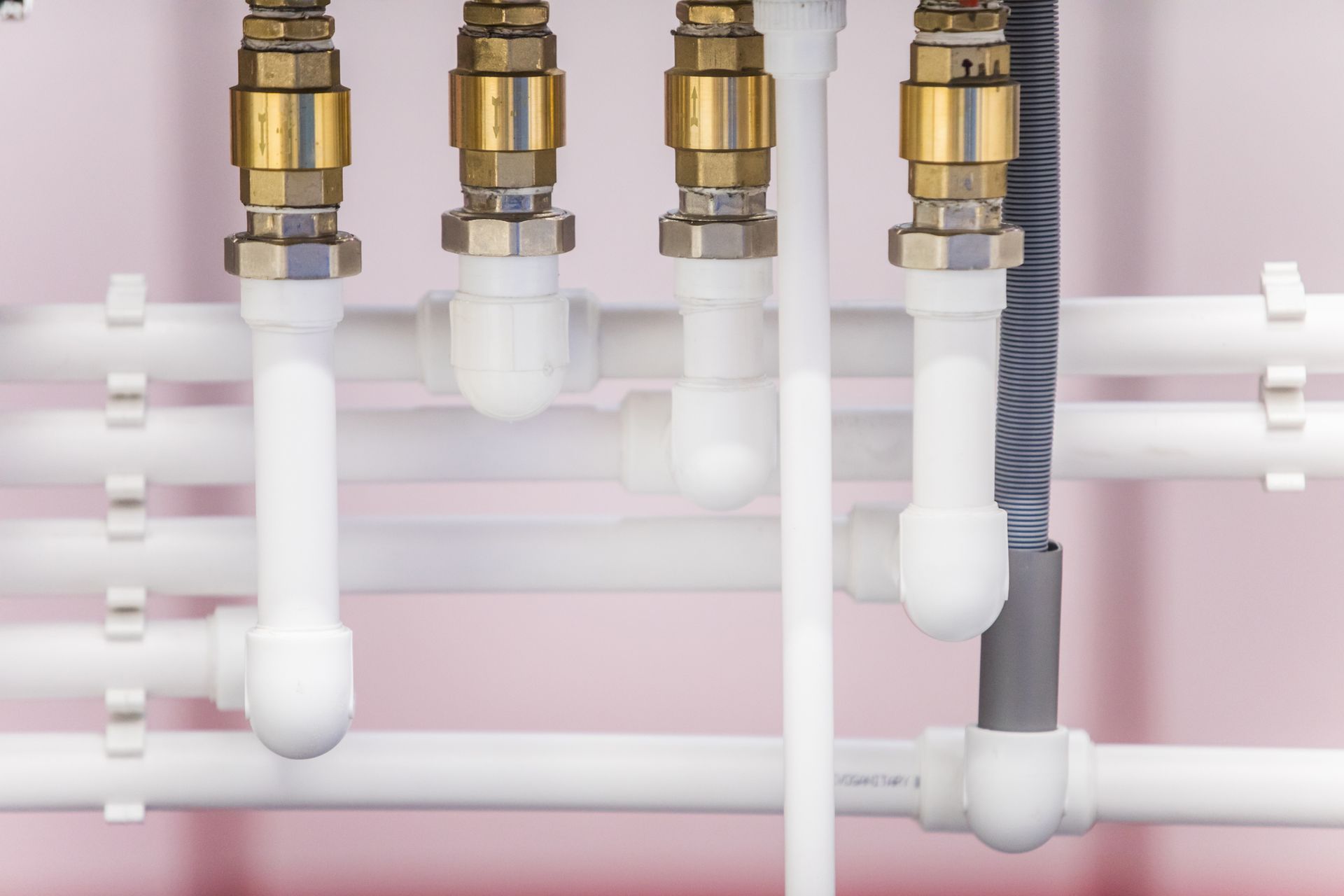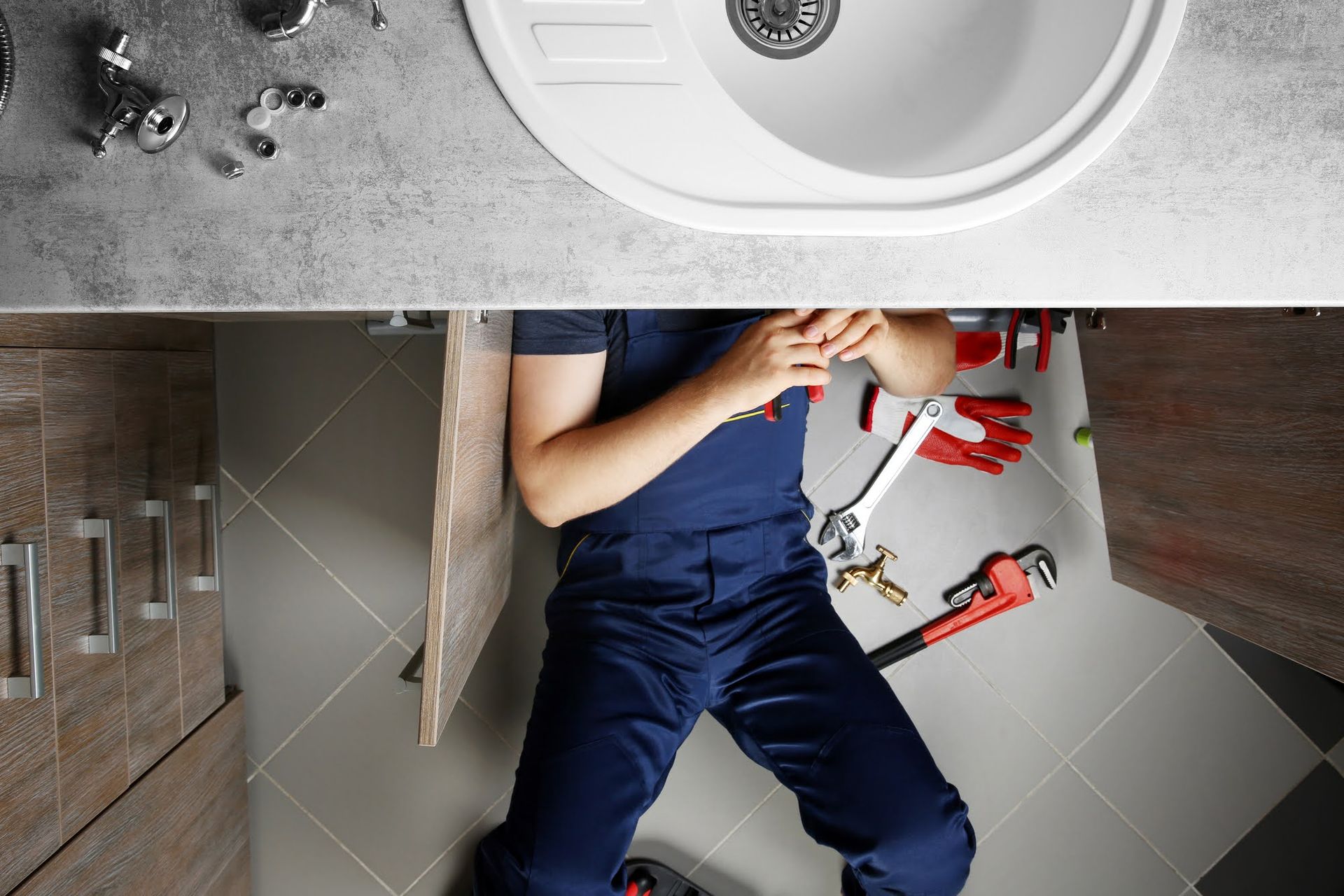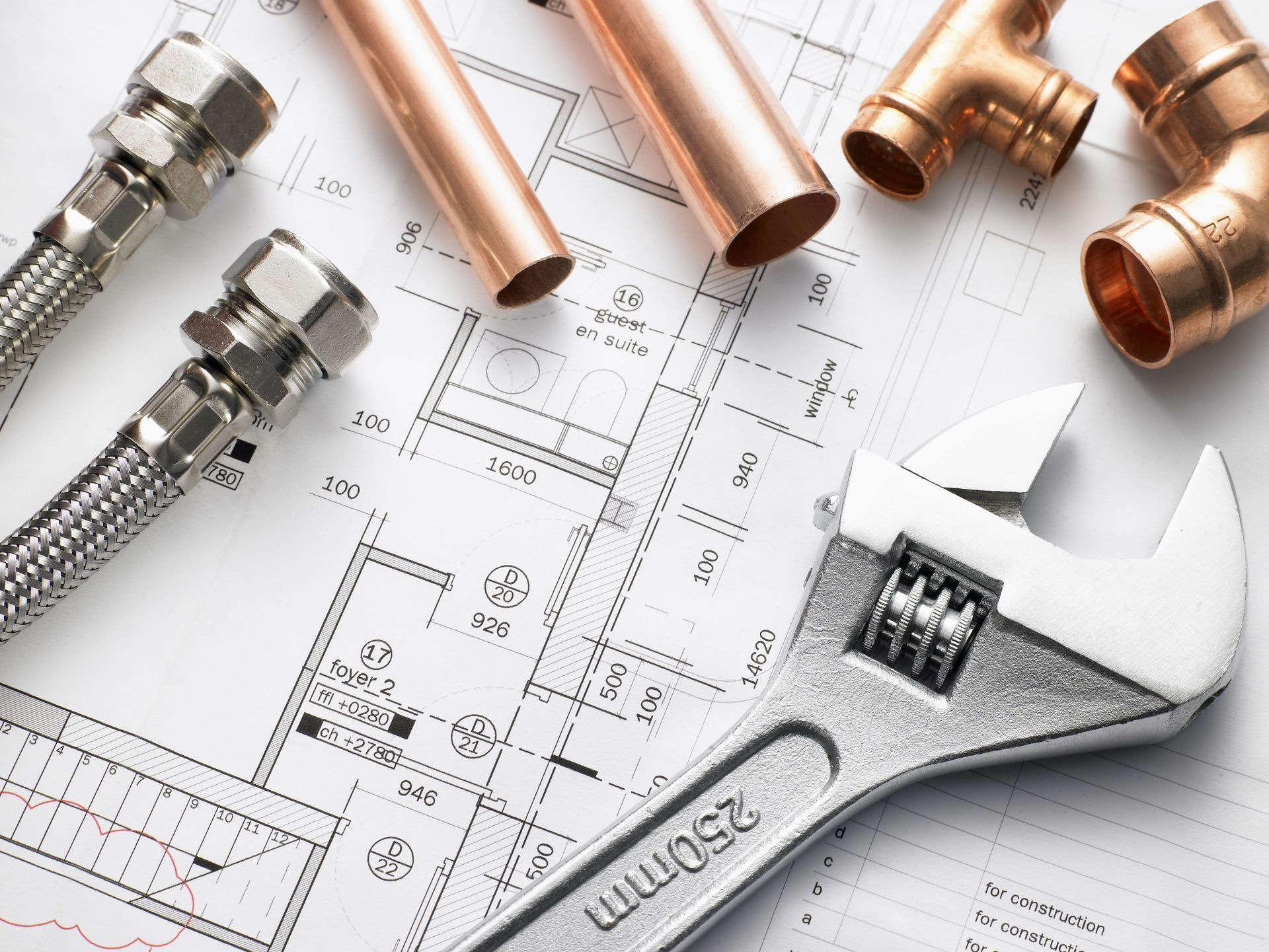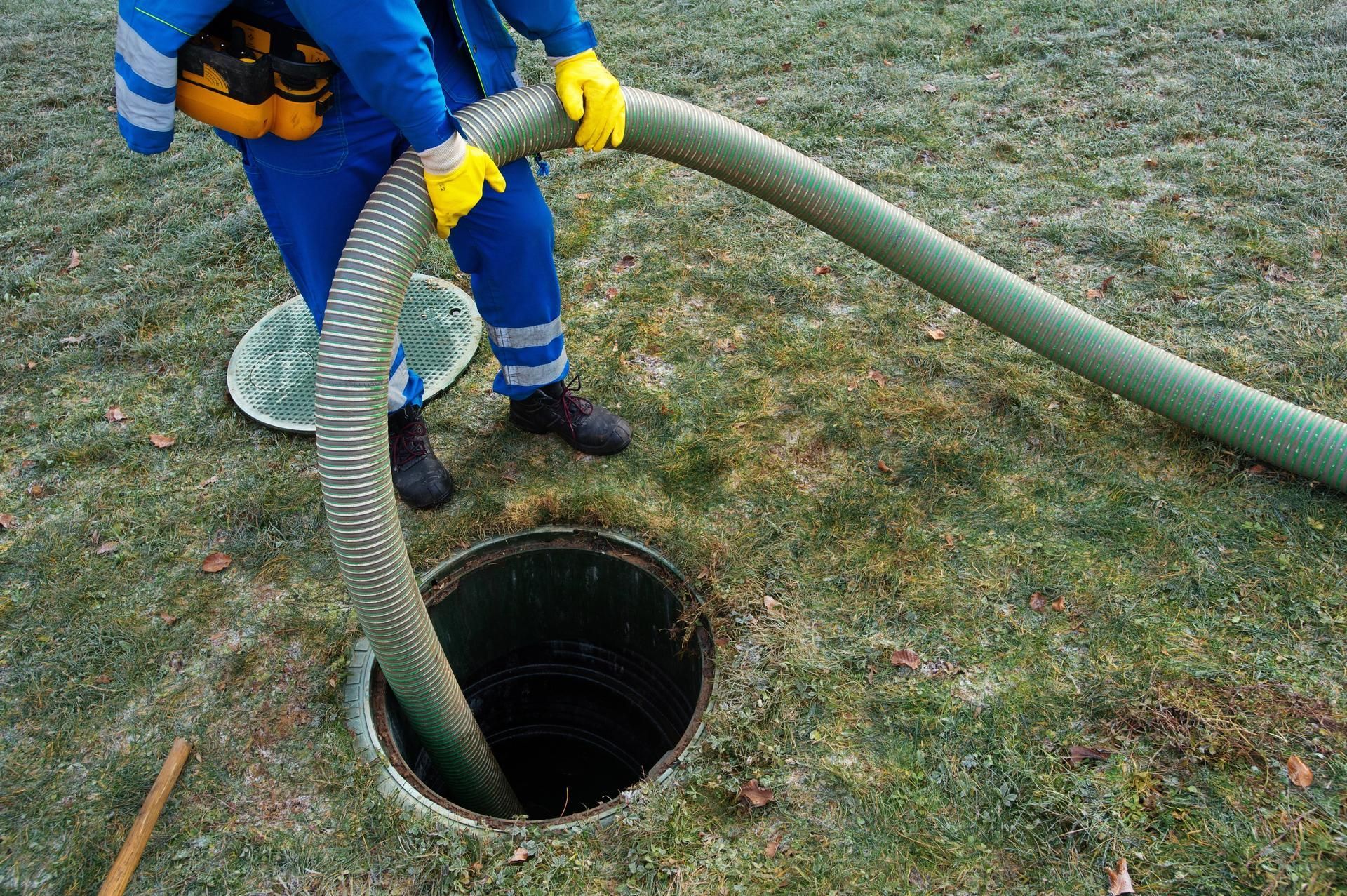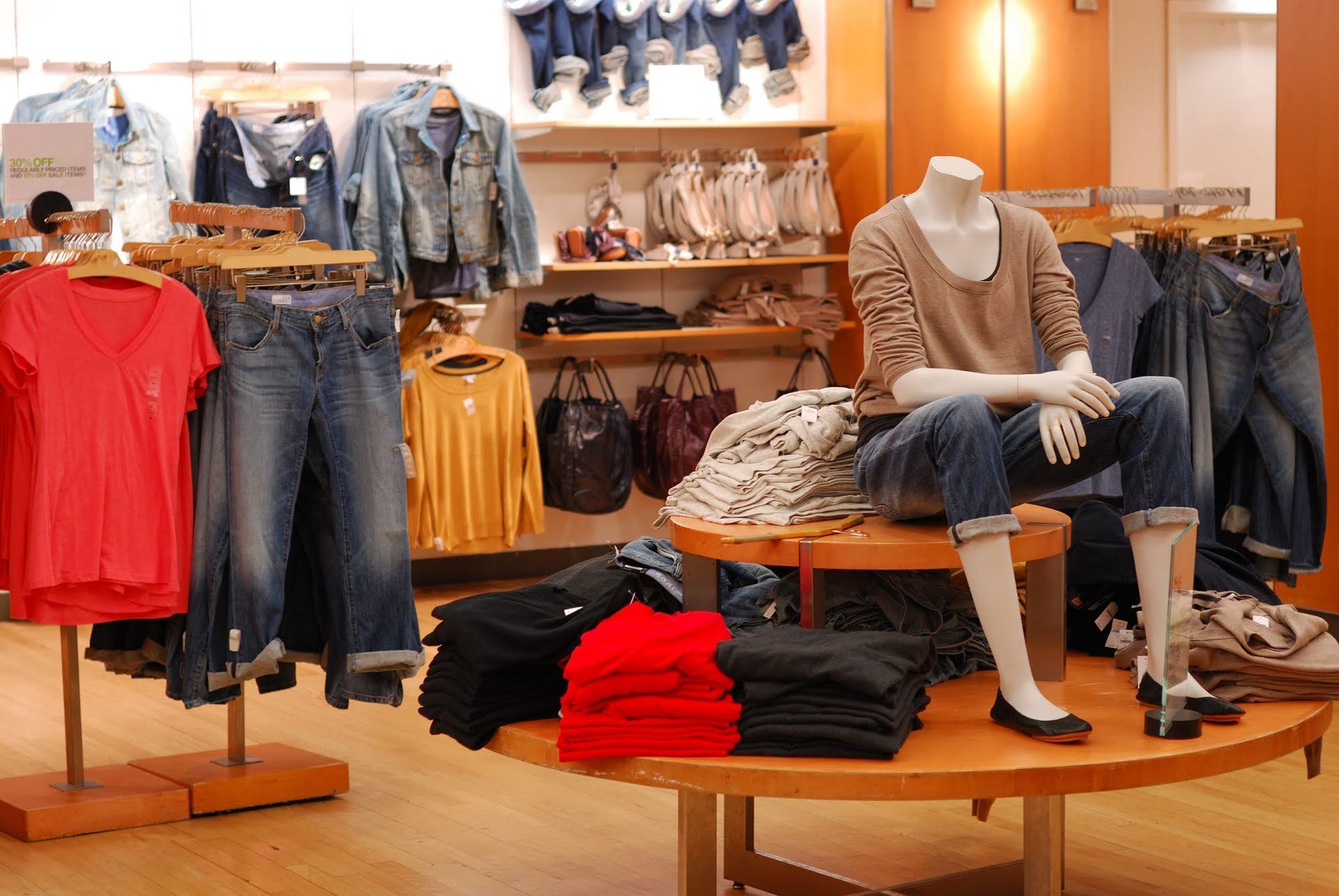Save Water and Money With These 4 Plumbing Upgrades

Reducing your household's water usage is good for both the environment and your bank account, and you can easily reduce how much water people in your family use. Simply install one or more of these four plumbing upgrades, and your household will immediately begin using less water.
1. New Water Pipes
You don't have to upgrade your home's water pipes if they're old but still in good condition. If any parts of your pipes are leaking, however, those sections should be replaced with brand-new pipes. You should make the replacement so that you don't spend money on unused water. But you should also consider replacement so that leaked water doesn't cause damage to nearby structures.
Any water that leaks out of a pipe is wasted, and the amount of water that's lost is often substantial. Even a slow drip from a pipe will add up to a lot of water over time if you don't address the issue.
Of course, leaks in pipes aren't always noticeable since pipes are frequently concealed behind walls or under floors. To find out if any pipes in your home have leaks, follow these steps:
- Turn off all faucets in your home so that no water is being used.
- Locate your water meter and take a reading.
- Don't use any water for 1 to 2 hours.
- Take another reading from the water meter.
If the two readings are identical, no water has passed through the meter and there aren't any leaks in your home's plumbing. If the second reading is higher, water has passed through the meter during this time — and there's a leak somewhere in your system. Double-check faucets for leaks. If you don't find any leaky faucets, the leak is probably in a pipe somewhere.
While this method will tell you if any pipes have leaks, it won't tell you which pipes are leaking. You'll need a plumber to locate the leaky pipes and help you determine which portion of the piping system should be upgraded with new pipes that won't leak.
2. Low-Flow Showerhead
If your home's bathrooms currently have standard showerheads, changing these over to low-flow showerheads (or even ultra-low-flow showerheads) will help save water every time someone washes up.
A standard showerhead has a maximum flow rate of 2.5 gallons per minute, which means a 10-minute shower will consume 25 gallons of water (assuming the water is turned fully on). Compared to this flow rate, low-flow showerheads offer a water savings of 40 to 60 percent, and ultra-low-flow showerheads provide even more conservation.
Low-flow models have flow rates of 1.5 or 1.0 gallons per minute, so the same 10-minute shower would use only 15 or 10 gallons. An ultra-low-flow model has a rate of 0.5 gallons per minute, thus reducing water usage for a 10-minute shower to just 5 gallons.
When all these calculations are taken into account, a basic low-flow showerhead could save you 10 to 15 gallons of water per day if you shower once daily. Of course, that number can be multiplied by however many people in your household take daily showers.
Moreover, a low-flow showerhead is a feasible plumbing upgrade even if you don't want to invest a lot in your home's plumbing. You don't necessarily need to change every showerhead over at once. If you'd prefer, you can change out only the most-used showerhead. You'll still see noticeable water savings and you won't have to purchase multiple showerheads at once.
3. Low-Flow Sink Faucets
Low-flow faucets also reduce water usage by limiting the amount of water that passes through them.
While a standard faucet consumes 2.2 gallons per minute, a low-flow one uses only 1.5 gallons per minute. That's around a 30 percent savings in water usage, and the cumulative effect over the course of a year can amount to hundreds of gallons of water saved.
You don't have to replace all of your faucets at once. The more you upgrade to a low-flow model, though, the more water your household will save. Whereas only one shower might be used in your home, most families use at least a few faucets.
4. Dual-Flush Toilets
Dual-flush toilets have a two-pronged flushing mechanism. There's one button (or lever) for flushing liquid waste, and another for flushing solid waste. Since liquids flow more easily than solids, the first button uses less water than the second — and you can save water on many trips to the bathroom.
Dual-flush toilets aren't too common in residential homes yet, but they can be found in commercial settings. As more people become environmentally conscious, these will likely be installed in more and more buildings and people will get used to them.
Installing a dual-flush toilet now might put you at the forefront of home water conservation, but soon people might not even notice the special upgrade.
If you want any of these plumbing features installed in your home's piping, kitchen, or bathroom, contact Michigan Plumbing.

